Finance Monthly is a comprehensive website tailored for individuals seeking insights into the world of consumer finance and money management. It offers news, commentary, and in-depth analysis on topics crucial to personal financial management and decision-making. Whether you're interested in budgeting, investing, or understanding market trends, Finance Monthly provides valuable information to help you navigate the financial aspects of everyday life.

